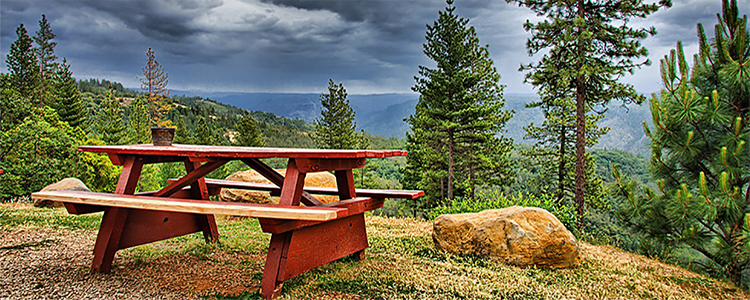New short-term rental rules go into effect for Placer County, California
- Jan 7, 2020 | Jennifer Sokolowsky

A new short-term rental ordinance in California’s Placer County, which borders Lake Tahoe, will affect short-term rentals located above 5,000 feet in elevation.
The measure, which went into effect January 1, applies to the unincorporated area of eastern Placer County. The new rules require:
- Short-term rental owners to hold a vacation rental permit
- Quiet hours between 10 p.m. and 7 a.m.
- Animal-proofed garbage cans
- Smoke and carbon monoxide detectors and a fire extinguisher on the property
- A designated contact person who is available by telephone 24 hours a day and can be physically present at the property within an hour
The ordinance also establishes occupancy limits, prohibits outdoor wood-burning fires and charcoal grills, and sets rules on noise, parking, and more. Large events such as weddings are prohibited without an event permit.
Short-term rental hosts must also register for a transient occupancy tax (TOT) certificate, collect the tax from guests, and file TOT returns. While Airbnb and HomeAway/Vrbo collect TOT from guests on behalf of hosts in some places in California, they do not automatically collect TOT in Placer County. That means hosts are responsible for all TOT compliance themselves. MyLodgeTax automates TOT registration and filing to help Placer County hosts simplify vacation rental tax compliance.
The fine for a first citation for code violations of the short-term rental law is up to $500 per day, and up to $1,000 per day for each violation in a second citation. Short-term rental hosts may apply for permits starting January 20. New applications and permit renewals are due by March 31.
In order to get a permit, vacation rentals must be inspected by the fire department, which will verify fire code compliance as well as the presence of smoke and carbon monoxide detectors.
Carbon monoxide poses a particular danger in the Lake Tahoe area because of roof snow accumulation that can block furnace exhaust flues. The problem received significant attention this fall when actress Anna Faris and her family experienced carbon monoxide poisoning symptoms in the North Shore vacation rental where they were staying. The property did not have carbon monoxide detectors.
Besides Placer County, South Lake Tahoe and El Dorado County also require short-term rentals to have carbon monoxide detectors and undergo an inspection to get a permit.
El Dorado County updated its short-term rental law in 2018 to include the detector requirement as well as rules on permits, occupancy limits, quiet hours, neighbor notification, advertisements, local contacts, and more.
Also in 2018, South Lake Tahoe voters narrowly approved a referendum that placed new restrictions on short-term rentals in South Lake Tahoe. However, the South Lake Tahoe Property Owners Group sued to challenge the new measure and the city has paused enforcement until the suit is decided. The city has said it will continue to defend the law.
For more on TOT in California, see our state Lodging Tax Guide. If you have tax questions related to vacation rental properties, drop us a line and we’ll get back to you with answers.











